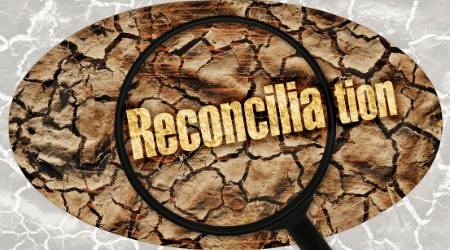Why Track Direct and Indirect Costs?
Business owners may be tempted to neglect this task due to the time commitment involved in cost tracking. Failing to allocate your direct and indirect costs on a regular basis, however, can have a negative effect on your company’s budget, and affect your ability to price products correctly.
The fact is that the price of a product is determined by multiple factors, including production costs, workers’ salaries, marketing campaigns and other expenses. Without an accurate budget that correctly predicts costs and profits, a business may struggle to come up with a lucrative pricing model. In the long run, this failure may affect the business’ ability to meet its fiscal obligations and stay productive.
Additionally, erroneous cost tracking can affect your business standing with both clients and creditors. Since businesses use expense tracking to determine which expenses should be billed to customers and which should be paid internally, inaccurate tracking can result in clients receiving invoices in error, which can damage your business’ reputation over the long term. Businesses should use an invoice template and accounting system to accurately generate and track invoices.
Further, cost tracking is crucial for companies that receive government grants or other types of funding. Many government grant programs stipulate that funding be allocated to direct and indirect costs in specific quantities. Violating these policies can put a business’ funding in jeopardy.
Finally, cost tracking can affect a company’s cash flow by raising or lowering its tax burden. After categorizing costs as direct or indirect, a business can deduct certain expenses. In the long run, a reduced tax bill means increased cash flow for your company.
On the other hand, misclassifying direct costs as indirect and vice versa can cause issues with the IRS down the line. To comply with federal regulations and avoid audits and tax penalties, an organization needs to report indirect and direct costs separately and on the proper forms.
It can be challenging to determine whether costs are direct or indirect. Correct classification, however, enables businesses to budget and bill more accurately. It can even affect your annual tax burden. By learning how to track direct and indirect costs properly, you can help your business stand the test of time.
If this piece has you wondering what types of taxes your business can write off, look no further than these top tax write-offs for small businesses.













